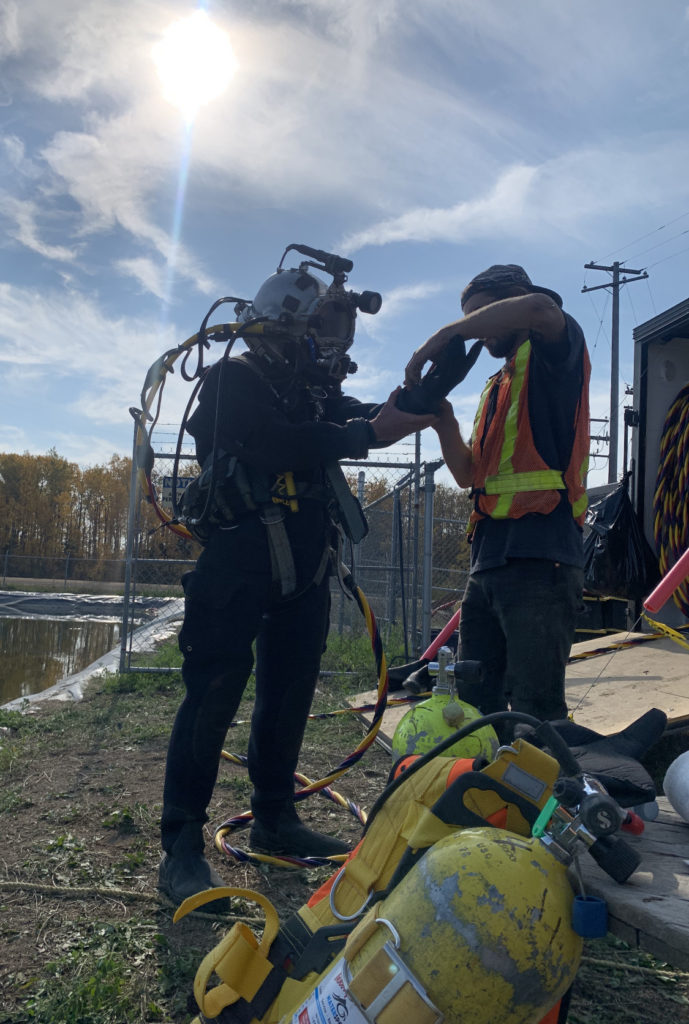Professional divers who engage in commercial diving operate underwater for industrial, building, engineering, maintenance, or other commercial objectives.
The main distinction between scuba diving and commercial diving is that scuba divers employ breathing apparatus that is independent of a surface air supply. SCUBA stands for Self-Contained Underwater Breathing Apparatus, in actuality. An umbilical or pipe connected to their helmet from a gas supply on the surface holds a commercial diver directly connected to a surface-supplied diving apparatus.
Commercial divers from Ven-Tech Subsea frequently operate in difficult and occasionally dangerous settings with very real dangers. In addition to the risk of cold or drowning, they are vulnerable to physical harm from underwater machinery and buildings. Damage and even death can result from pressure-related injuries such barotrauma (lungs, middle ear, and sinuses), The Bends, and embolisms. Divers occasionally operate in waters with poor lighting and visibility. Divers should avoid working near dams or any other facility that has a water intake until there is a shutdown. However, if a dam wall has an irregularity in its structure, a loss of integrity could be disastrous for a diver.

One of the world’s riskiest professions is commercial diving.
Commercial divers need to plan and evaluate the job and environment before anyone enters the water in order to reduce these hazards. They also need to be trained and certified in what they do.
Pre-dive discussions with the crew are held after a thorough risk assessment known as a Hazard Assessment Safety and Environmental Plan, or HASEP, is completed.
All dive activities are conducted in line with provincial laws and Canadian diving standards.
At a minimum, diving crews consist of four qualified and trained individuals (a diver, a diving supervisor, tender and stand-by diver).
Once on site, the crew works together to make sure that the diver is properly suited up and that all equipment is checked.
The gear used by divers is also specialised. They are kept warm and dry by the suit they are wearing, which is referred to as a drysuit. A weight belt for buoyancy control, a safety harness, a backup oxygen source in case of emergency, a knife, LED lights, and a camera are typically included in a commercial diver’s kit. Additionally, because they are hardwired for communication, the diver is constantly in touch with the dive master stationed there.
For underwater construction, inspections, maintenance, and repairs of intakes and outfalls, bridges, dams, docks, ports, piers, and other structures, Ven-Tech Subsea employs commercial divers.
If you want to learn more about what our commercial divers can do, contact us today.

